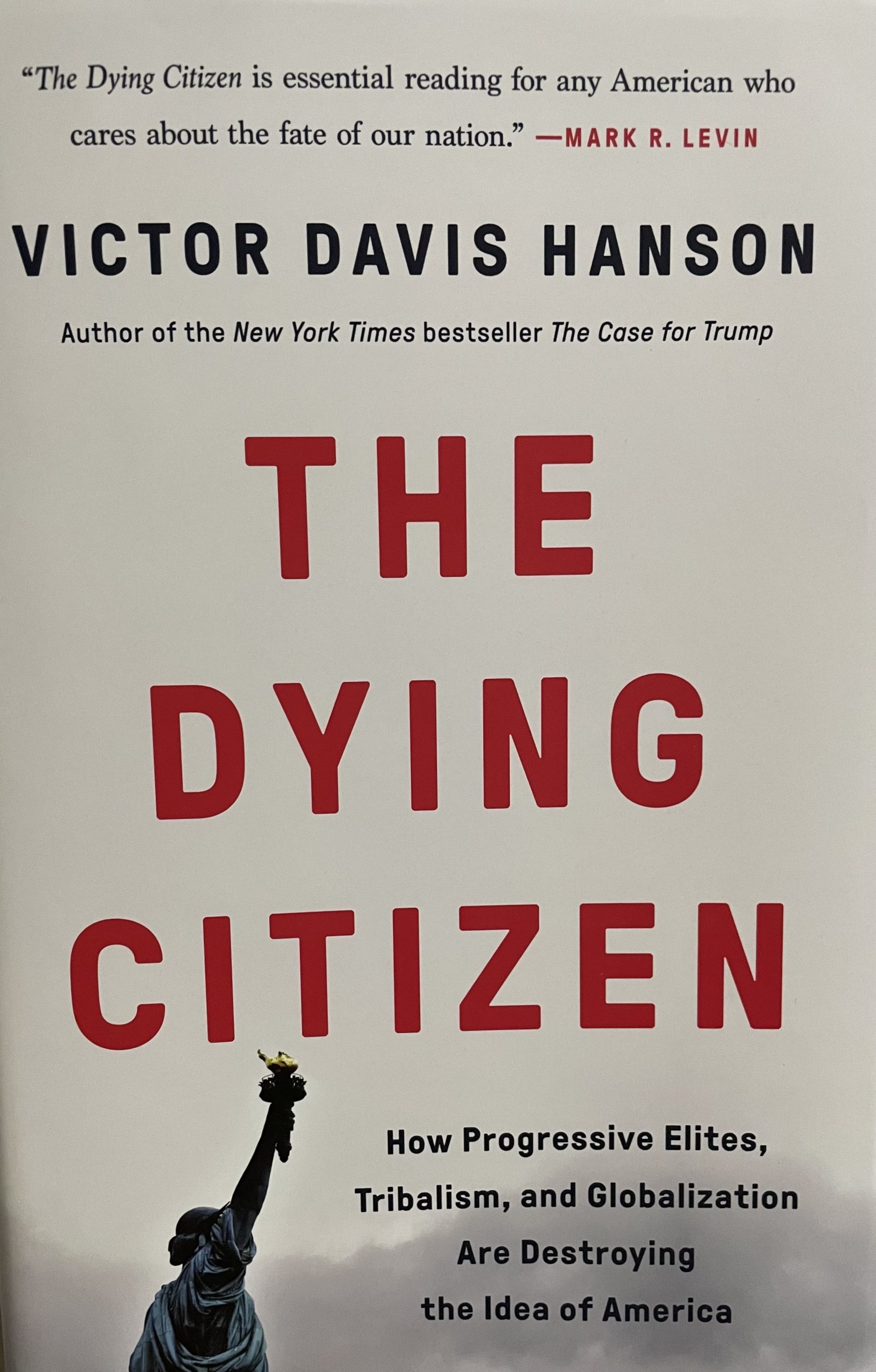It was while attending my alma mater—the University of Scranton—three and a half decades ago that I began questioning the economic value of universities.
What intrigued me was “Da U” claiming that it helped fuel the local economy, even while America recovered from a recession and Scranton never did. Thirty-five years later, as America struggles through another Depression, and Scranton continues to lose large chunks of its population to more promising locales, “Da U” is still at it.
On their web site they claim that:
- “Each year, the University offers more than 100 free events to the public.” This would be an upgrade. I don’t remember one.
- “The University had a $282,932,643 regional economic impact in 2013-14 – $5.7 billion since 1980, including capital projects.” Remember, both income and spending have an “impact.” They don’t mention which side this impact is on.
- “Students spend an average of $1.2 million off campus each month.” Ah yes, and I remember what they spend it on. Well do I recall one of my townie neighbors noting, “Well, it’s Friday night, here come the beer cans.”
- “University employees and alumni make up 9% of the City’s workforce and nearly 1 in 10 City residents are students, alumni or employees.” Note that they don’t break it down between private and public, nor show what portion of the university’s student body comes from those same sources.
- “Last year, the University voluntarily contributed $175,000 to the City and $58,500 to Lackawanna County – $3.1 million & $1.4 million respectively since 1983.” But how does that compare to all the levies lost to the university’s non-taxable property?
- “The University committed $3.16 million to beautify Mulberry Street.” And guess what street borders the university and what part they beautified?
- “The Scranton Small Business Development Center provided 506 consulting hours to 104 clients in the City of Scranton in 2013-14, with a total of over 11,000 hours in the past 34 years.” And what advice did they give?
- “The University has invested in more than 30 major construction projects since 1980.” Guess where they are?
Photo by Brad Clinesmith 










